The Chinese government released export data on Thursday that purportedly showed clothing shipments from Xinjiang province surging to their highest level in two years in July, even though a tough new U.S. law barring goods tainted with forced labor from the Uyghur Muslims took effect in June.
The Uyghur Forced Labor Prevention Act (UFLPA) was passed in December 2021 and went into effect after a six-month grace period in June 2022. The law essentially presumes that all goods and materials exported from China’s Xinjiang province are tainted with forced labor from the oppressed Uyghur Muslim minority unless importers can prove otherwise. Proving otherwise is no easy task.
Chinese state media soon began complaining that the “protectionism” of the UFLPA had “dealt a big blow” to Xinjiang industries, especially cotton, a product whose supply chain is notoriously difficult to verify.
The region, which is known as East Turkistan to the Uyghurs, supplies about 90 percent of China’s cotton, which adds up to roughly 20 percent of the world supply. According to Chinese state media, the UFLPA was so unreasonable and difficult to comply with that worldwide textile buyers were washing their hands of Xinjiang and looking for alternative sources of cotton.
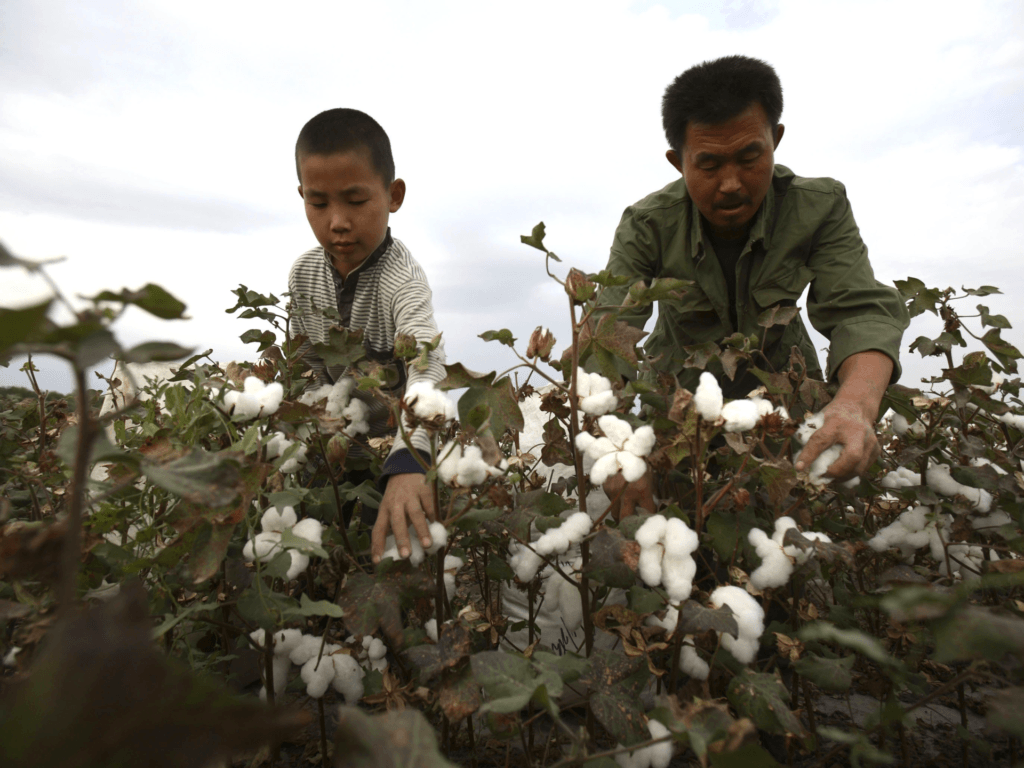
A farmer and his son pick cotton in a cotton field in Shihezi of Xinjiang Uygur Autonomous Region, China. (China Photos/Getty Images)
Beijing’s propagandists claimed this was unfair because no forced labor was actually used in Xinjiang, claims to the contrary were Western slander, and wrecking the provincial cotton industry would only hurt the happy-go-lucky Uyghurs, who were eager to use the cotton-picking skills they learned in vocational training centers that were surrounded by razor wire and equipped with torture chairs for no particular reason.
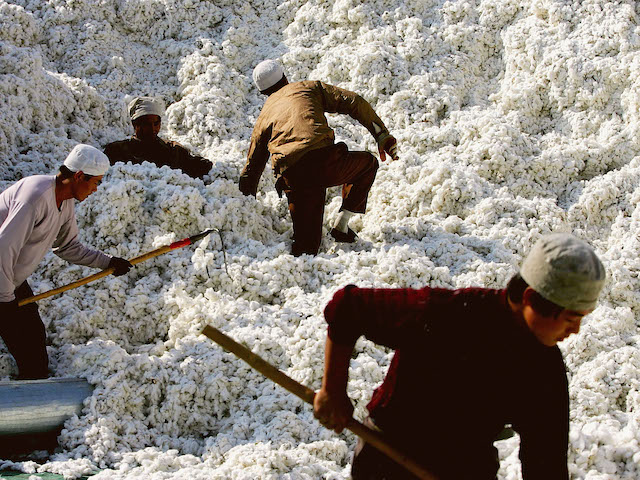
Migrants work at a cotton factory in Shihezi city of Xinjiang province, China. (Guang Niu/Getty Images)
According to Chinese government data quoted by the South China Morning Post (SCMP) on Thursday, all of those previous complaints were false, and Xinjiang’s clothes exports exploded to over $6 million, a 500-percent increase instead of falling to “near-zero” as industry analysts anticipated. Xinjiang apparel exports are now at the highest level since October 2020.
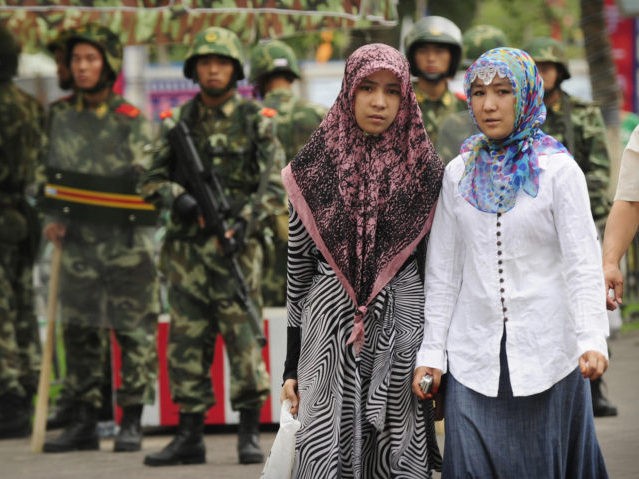
Two ethnic Uighur women pass Chinese paramilitary policemen standing guard outside the Grand Bazaar in the Uighur district of the city of Urumqi in China’s Xinjiang region. (PETER PARKS/AFP via Getty Images)
The SCMP suggested several explanations for the incongruous increase, beginning with the obvious possibility that Chinese officials are simply lying about the export volume to make the UFLPA look feeble.
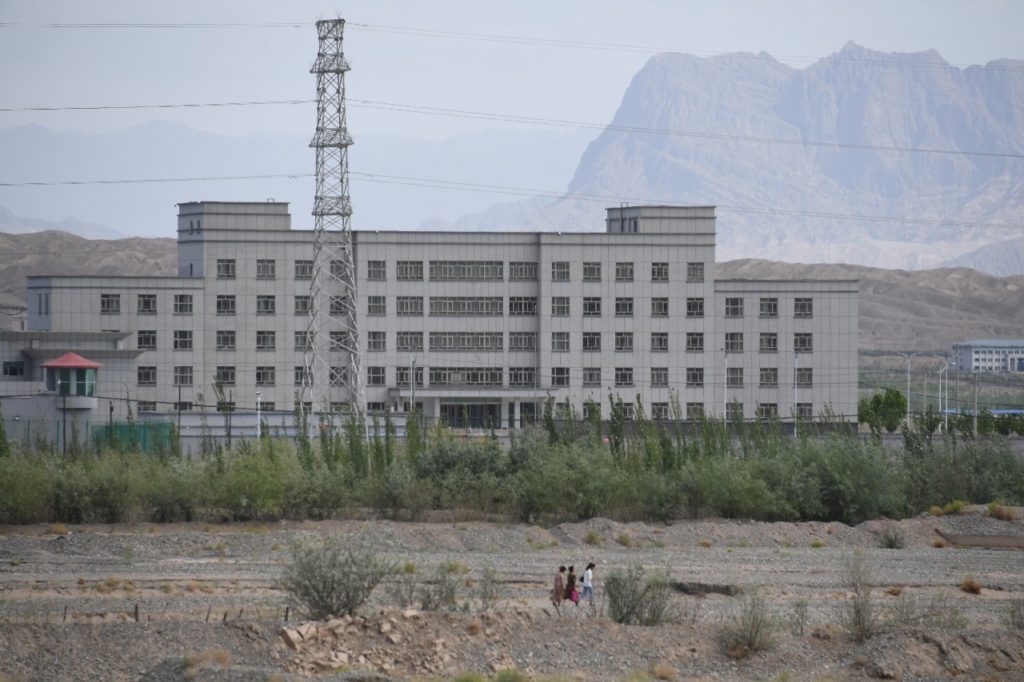
This photo taken on June 2, 2019 shows a facility believed to be a re-education camp in Artux in China’s Xinjiang. (AFP)
“Local government faking figures in all areas is a common thing,” a Chinese lawyer remarked to the SCMP.
If the Chinese data for July is valid, another explanation could be a backlog of orders going through before the UFLPA was fully implemented. Customs lawyers pointed out that “a substantial portion of the goods” logged as exports by the Chinese government might not actually be making it past U.S. customs.
A spokesman for U.S. Customs and Border Protection (CBP) said “a number of requests by importers” to ship goods in compliance with UFLPA have been received by the agency, with the applicants prepared to offer proof their products are not tainted by forced labor, but to date no importers have demanded an exemption from the law or attempted to challenge its validity.
Customs experts said CBP might still be ramping up its enforcement techniques, so the July surge could be a rush of Xinjiang products that were hurriedly shipped before U.S. officials began cracking down in earnest.
Efforts by international buyers to find alternatives to Xinjiang cotton may have been complicated by the recent floods in Pakistan, the world’s fifth-largest cotton producer. Cotton prices are expected to surge as a result of disruptions to the Pakistani industry.
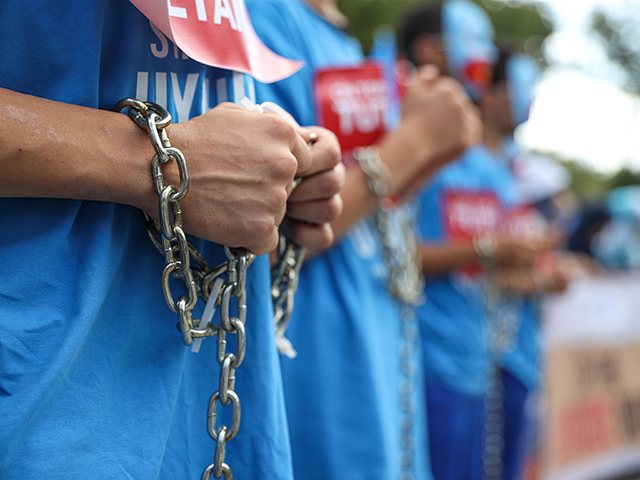
COMMENTS
Please let us know if you're having issues with commenting.